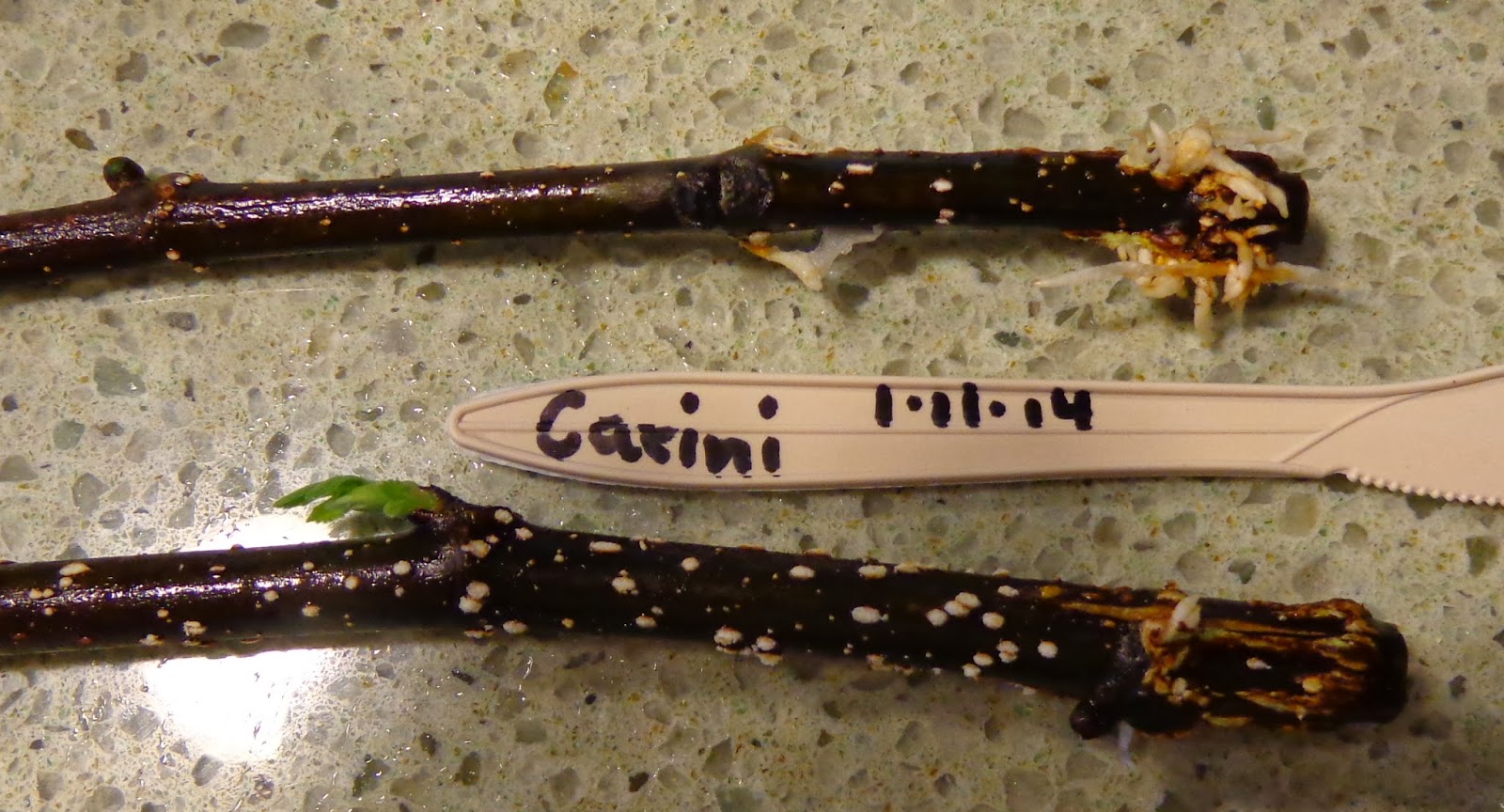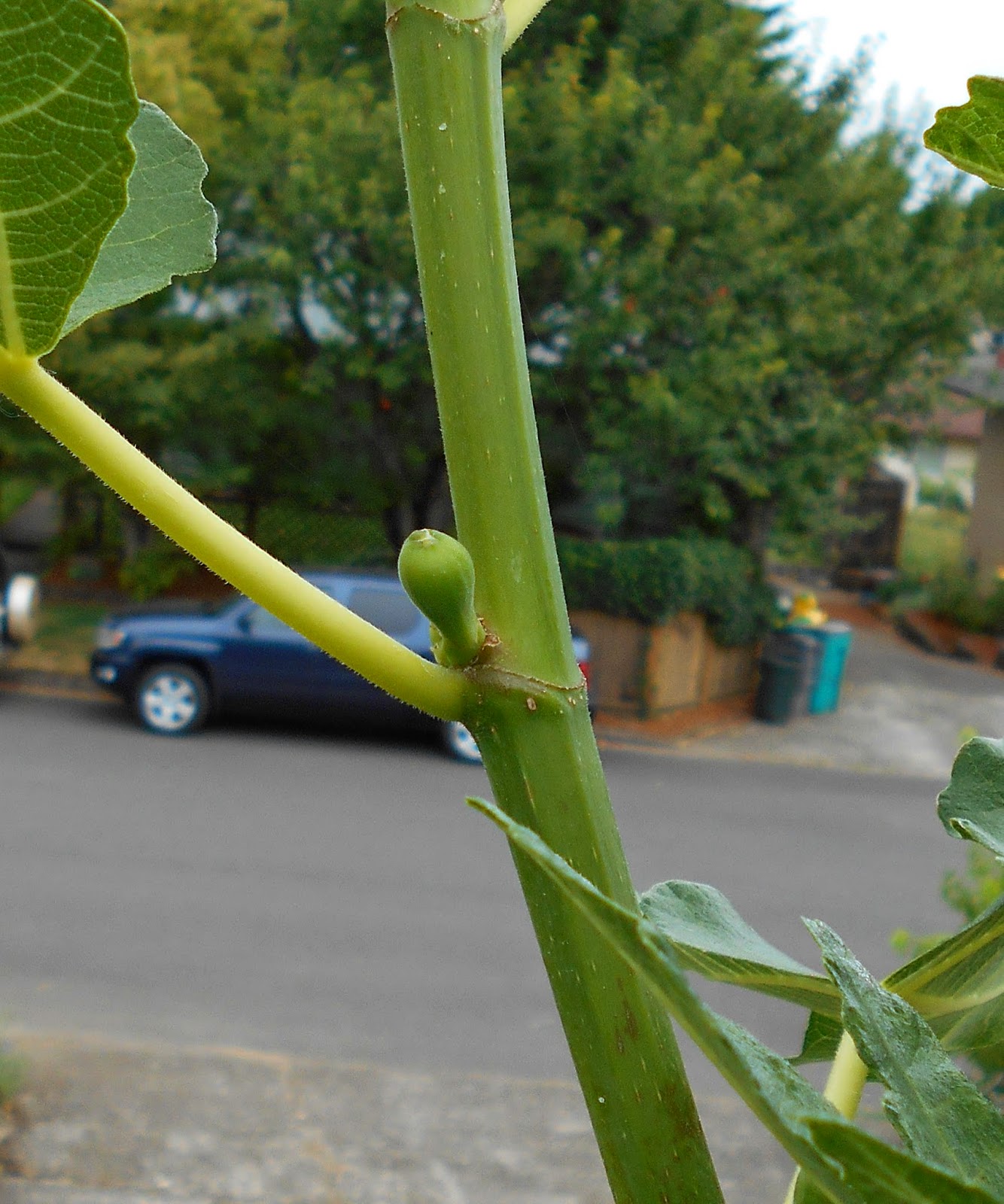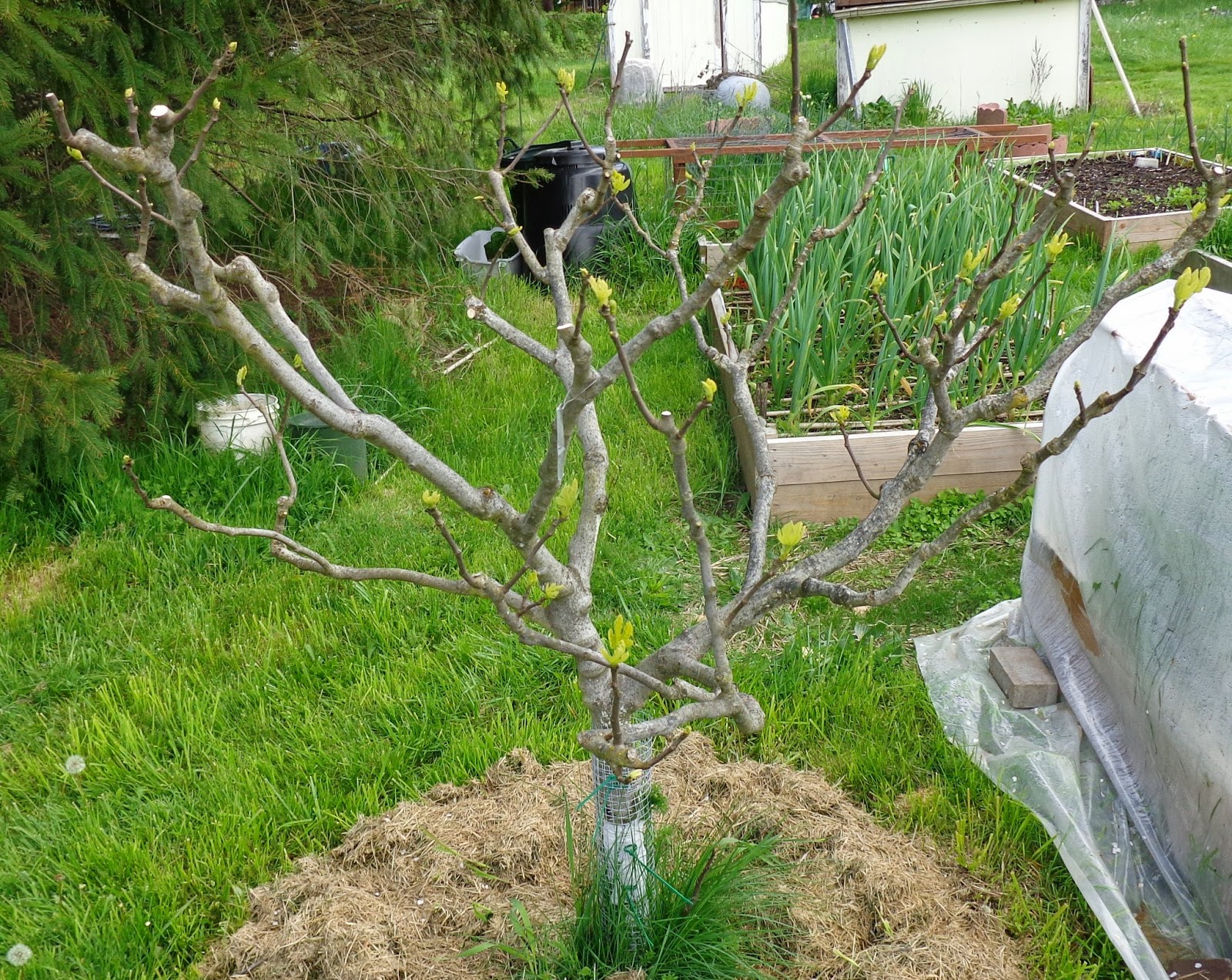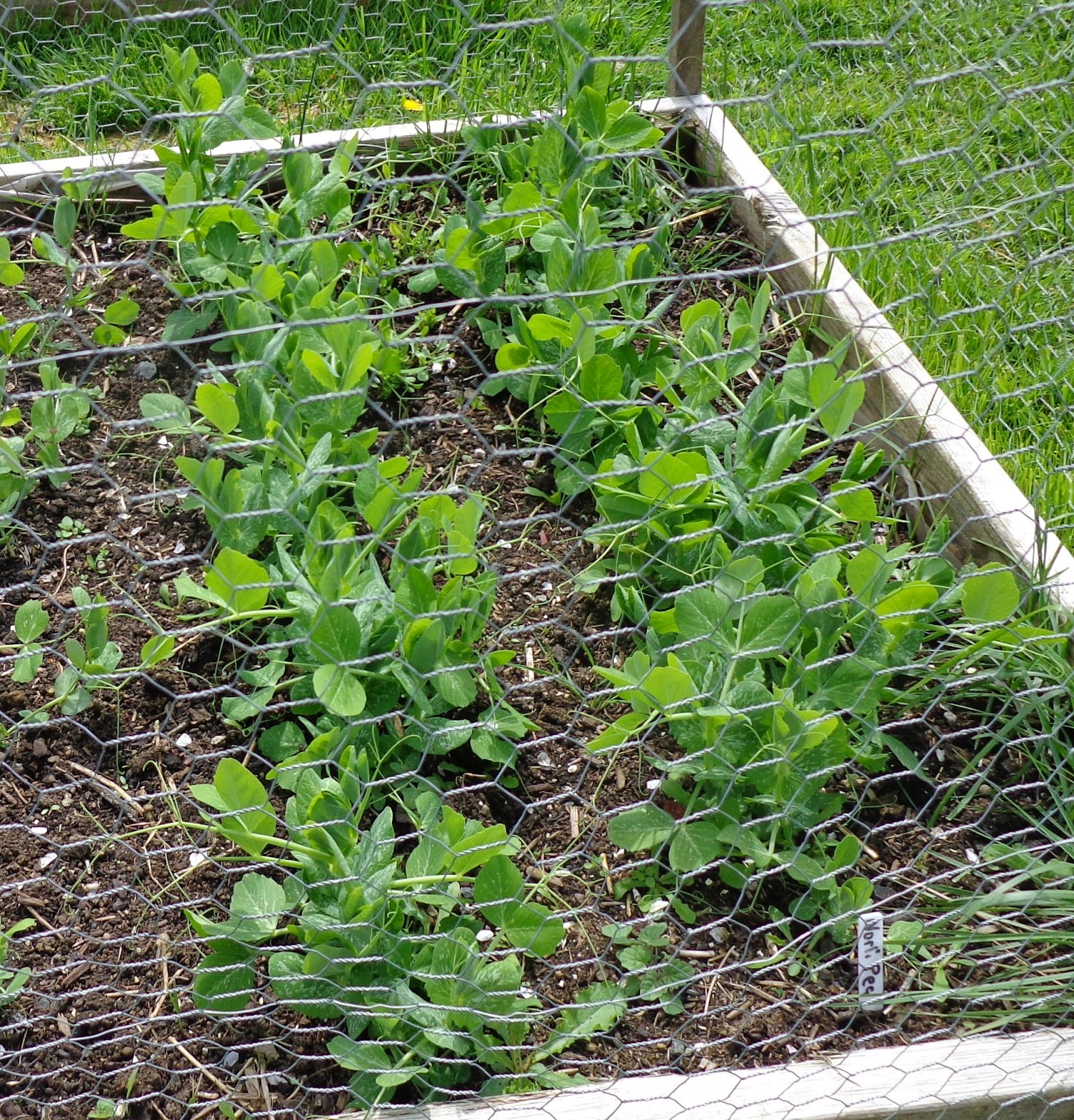 |
| Carini fig cuttings showing roots. |
One
Dominick fig cutting wilted. It is in plastic bag. There is a vulnerable stage for wilting, leaves about 1 inch diameter. I don't know why that is. A humidity bag can sometimes serve as a small intensive care unit and bring it back to health.
Two
Dominicks are growing fast. The 4th is slowly making progress.
One
Carini cutting has sufficient roots to go into seed-starting medium in a juice can. The cutting with leaves does not have enough roots so stays in paper towel.
 |
| Sicilian White fig cutting showing roots. |
The 'rescue' Carini is growing fast. Surprised me.
One
Sicilian White has roots, a small leaf shoot, and an bee-bee sized fig. I removed the fig. Draws energy the cutting can't produce without good roots and big leaves. This one is now in seed-starting medium in a juice can.
The others are barely showing root callous. The are back into paper towel/plastic bag. I'm glad I cut off the ragged ends. I think that debridement stopped mold / prevented further mold growth. They look clean and healthy.
MacOol might not make it. Neither is promising.
Hardy Chicago and
Lattarula have root callous. There seem to be several plateaus.
1 - Incubation before initial root callous forms.
2 - Callous sits there for a while, then roots form. Then they usually grow quickly.
3 - After planting the rooted cutting into seed starting medium, there is a pause or very slow growth of the first leaves. They putter along until about one inch diameter.
4 - After the first leaves reach that threshold, they subsequent leaves usually grow quickly. At that point, the cutting is out of the neonatal care unit and able to do well as a little plant, drawing nutrition from its own leaves and roots.
It's just coincidence there are several in my orchard that originate from Sicily. Must be a bit of a tribute to the Sicilian immigrants who nurtured them for generations. If Sicilian White grows, that adds to Hardy Chicago, Sal's, and Carini as originating from Sicilian immigrant families.
Second largest group, if the survive, is Louisiana figs. Smith (possibly Croatian), hybrid offspring of Celeste, Champagne and TIger.
French named varieties, White Marseilles (Lattarula), Petite negri (Petite aubique).
American hybrids, Champaigne, TIger, Desert King (King).
Old, hundreds of years old, American varieties, White Marseilles (Grown by Thomas Jefferson, also called Lemon, Lattarula, and other names), Brunswick (also called Magnolia, Dalmation, Kennedy, and other names).
I don't know the origin of Atreano, assuming it survives.
Dominick is Italian. I don't know if it is Sicilian or from the mainland.
Some of the origin information comes from
Ray Given's old website from Georgia, now maintained on the Figs4fun database.
Ethnic (Italian and Greek, mainly),
Dark Figs,
Light Figs.
Also from
Ira Condit's vast classic monograph, which while historic contains substantial information about individual varieties - hundreds? - and which ones have multiple names.




















































